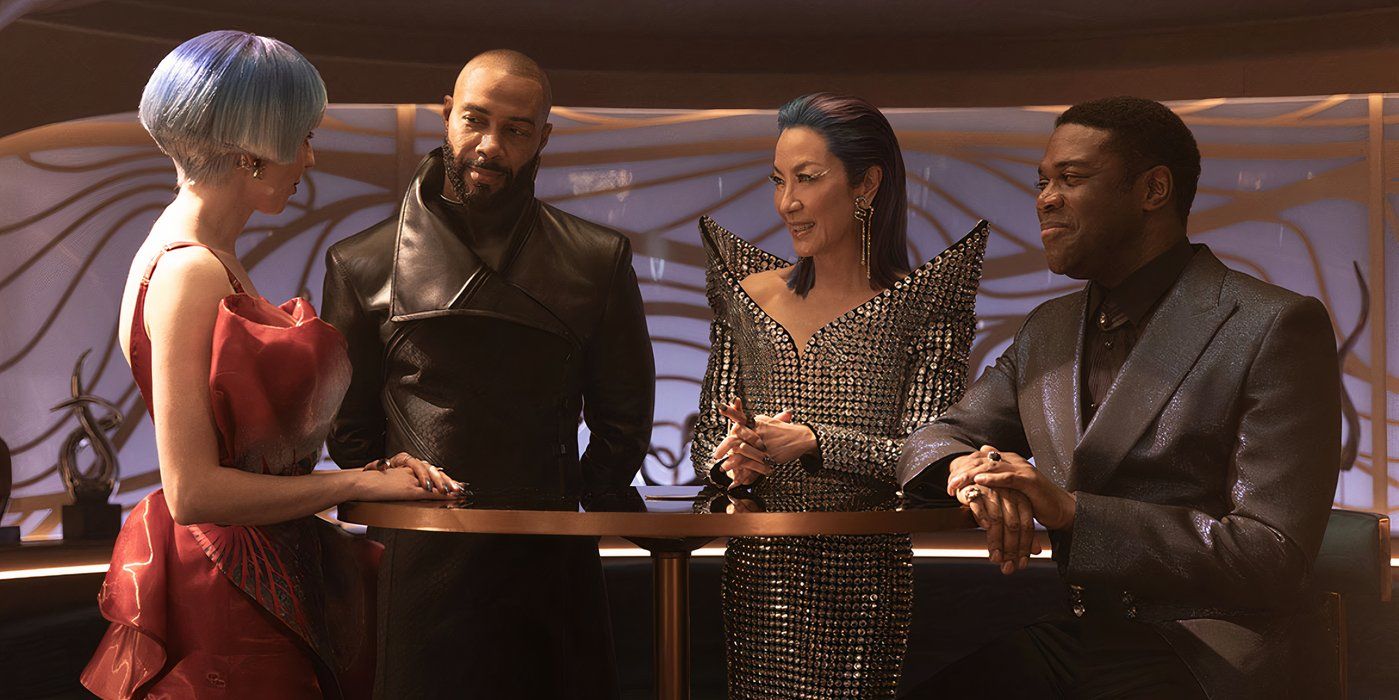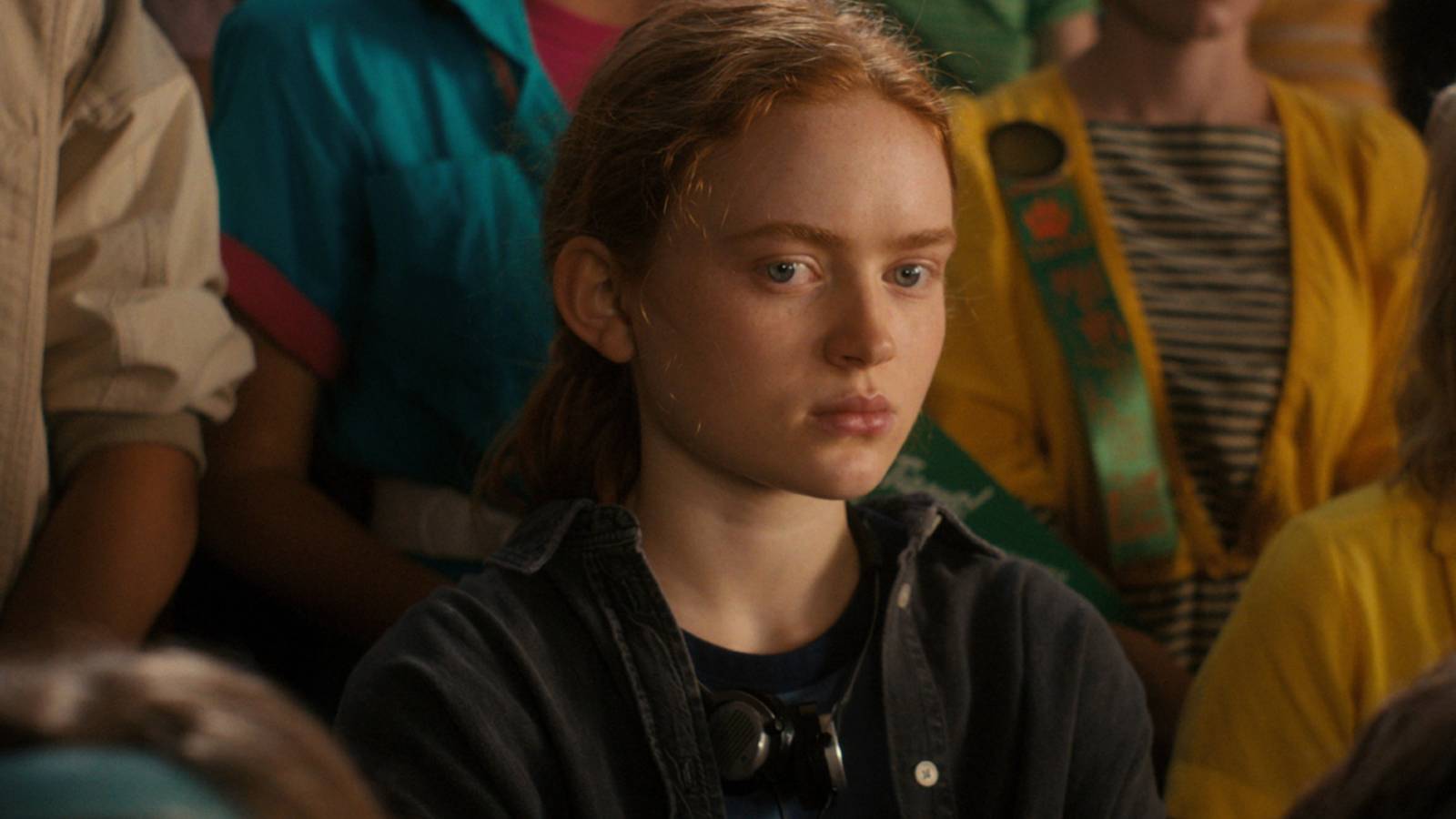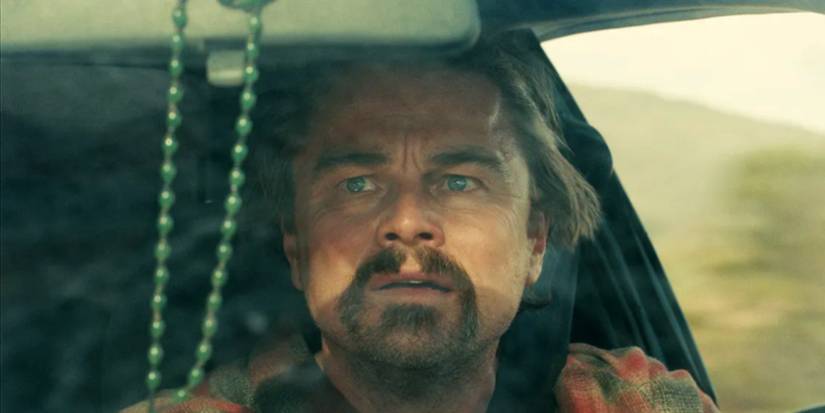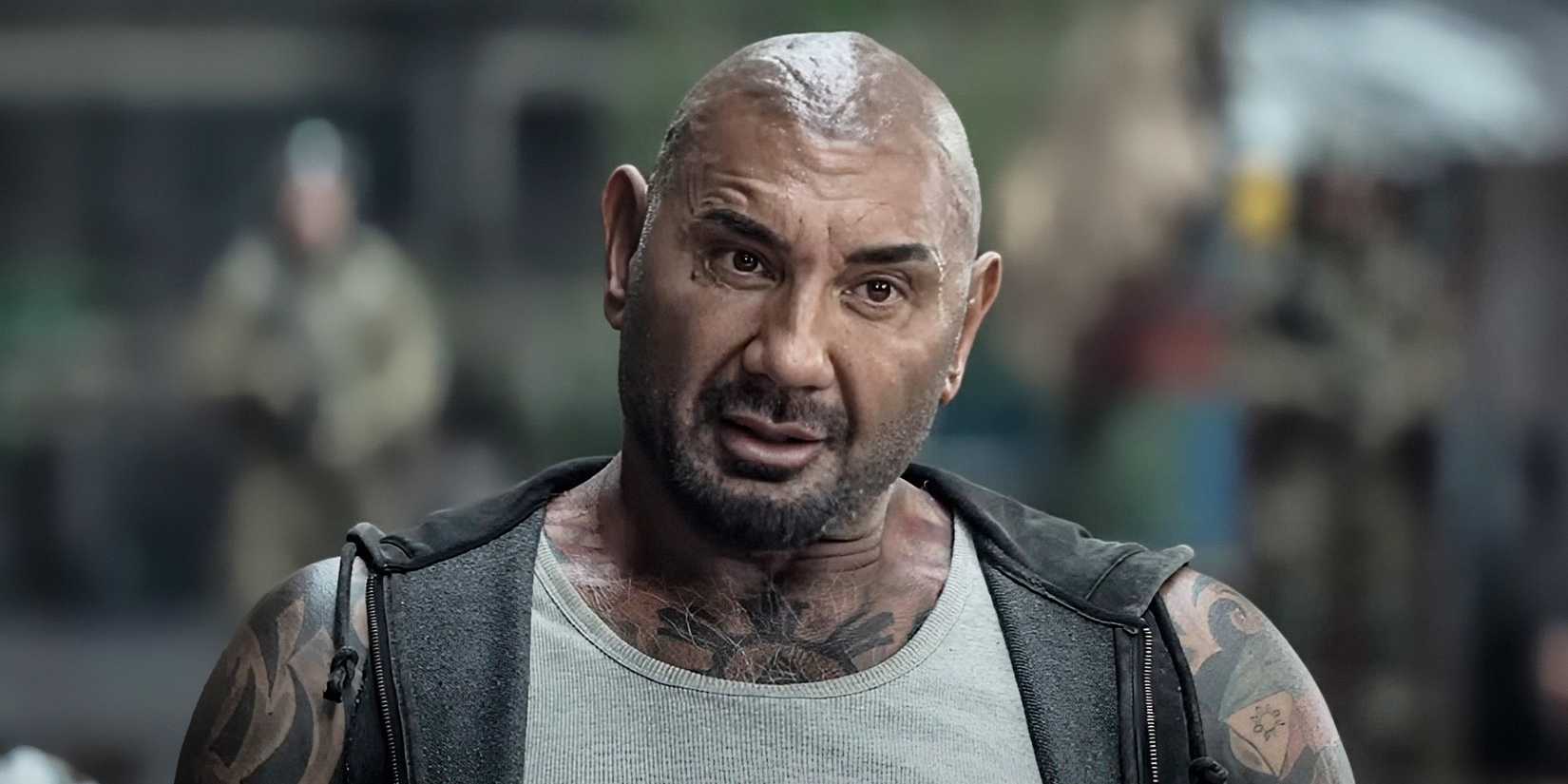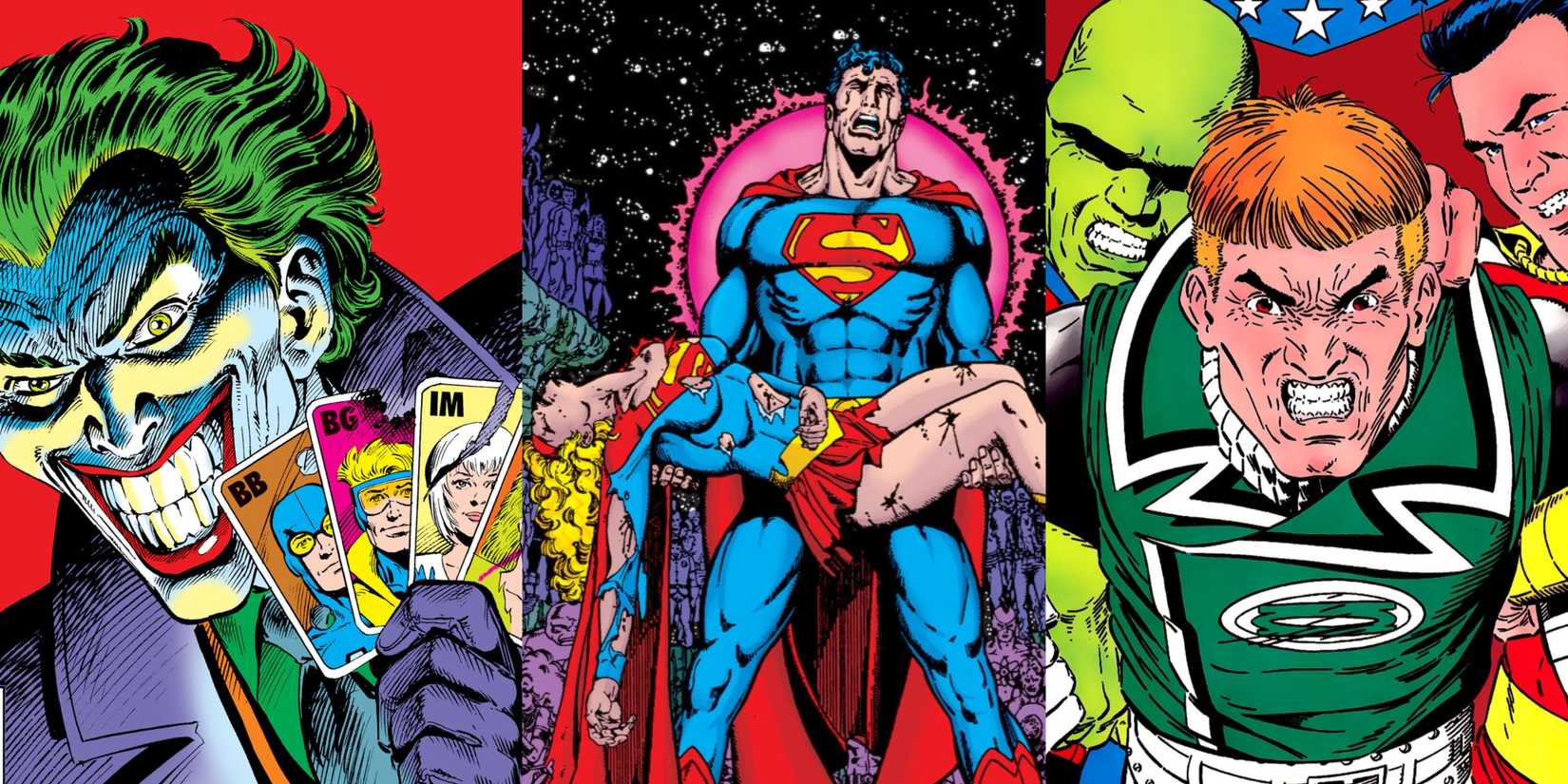One of the biggest failures of Star Trek: Section 31 is that the streaming Star Trek movie didn’t actually answer its biggest questions. Section 31 agent and Terran Emperor Philippa Georgiou (Michelle Yeoh) returns in Star Trek: Section 31, written by Craig Sweeny and directed by Olatundi Osunsanmi. Georgiou’s version of Section 31 in Star Trek: Discovery is a 23rd century open secret, with its recognizable black badges. Skilled Starfleet misfits like Georgiou and Klingon defector Ash Tyler (Shazad Latif) are shuffled off to Section 31, where their gray morality makes them perfect for off-the-books, unethical missions.
That’s a big change from how Section 31 is introduced in Star Trek: Deep Space Nine, as a shadowy, secret arm of Starfleet that no one knows about. After Dr. Julian Bashir (Alexander Siddig) is quietly recruited as a Section 31 agent, Captain Benjamin Sisko (Avery Brooks) discovers that Starfleet Command maintains no official position on the existence of Section 31. Being one of Starfleet’s deepest, darkest secrets means there’s no one to hold the 24th century version of Section 31 accountable. Without oversight, Section 31 has free rein to do the dirty work that supposedly maintains Star Trek‘s utopia.
One Of Star Trek: Section 31’s Biggest Failures Is Not Answering Its Biggest Question
Why Did Section 31 Change So Much Between Star Trek: Discovery And Star Trek: Deep Space Nine?
One of the biggest failures in Star Trek: Section 31 is that it never answers the question of how Section 31 went from an open secret in Discovery to an organization that doesn’t officially exist in DS9. In Star Trek: Section 31, Starfleet’s Lieutenant Rachel Garrett (Kacey Rohl) is on the team, and Georgiou confirms Section 31 still accepts Starfleet’s more problematic castoffs. Star Trek: Section 31‘s Lost Era is still operating on Discovery-era rules, because it knows about, and possibly condones, Section 31. The breakdown in the protocol that’s destined to drive Section 31 underground has never been explained.
Instead, Star Trek: Section 31 is a disjointed romp that wastes the opportunity to show what made Section 31 fake its own death in Star Trek‘s Lost Era, and paradoxically fails to show any actual spycraft. It doesn’t answer if 24th-century mission went too far or if there was a deep conflict between Starfleet and Section 31 as an independent organization. It’s also curious to know where Section 31’s DS9-era autonomy even came from. Star Trek: Section 31 never explains the inner workings of Section 31 as an espionage division, so how it became Starfleet’s darkest secret is anyone’s guess.
Waiting For A Section 31 Sequel To Answer Its Biggest Star Trek Question Was A Mistake
Taking Out All The Star Trek Means A Section 31 Sequel Probably Won’t Happen
It’s possible Star Trek: Section 31 wanted to wait until its sequel to answer questions about how Section 31 works or why it went underground, but that’s another big mistake. Instead of being a surprise smash, or even a divisive entry in Star Trek canon like its parent show Star Trek: Discovery, fans and critics alike have deemed Star Trek: Section 31 a failure. Even if Paramount+ makes more Star Trek streaming movies, a Section 31 sequel probably isn’t happening. Without a sequel on the horizon, Star Trek: Section 31 leaves a lot of unanswered questions on the table.
Cutting moral philosophy or canon deep-dives from Section 31‘s original plan—if there were any—is like trimming away all the Star Trek.
Like many new Star Trek projects, Star Trek: Section 31 had its share of skeptics, so there’s a certain logic in wanting to wow audiences with spectacle right off the bat and save big questions for later. But the best Star Trek stories thrive on big questions with complex answers, so cutting moral philosophy or canon deep-dives from Section 31‘s original plan, if there were any, is like trimming away all the Star Trek. Maybe a series would have been able to answer what happened to Section 31, but as a movie, Star Trek: Section 31 doesn’t even bother asking.
